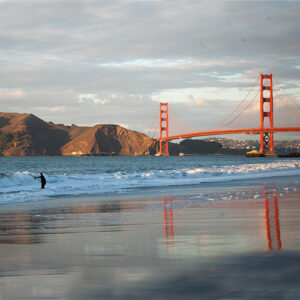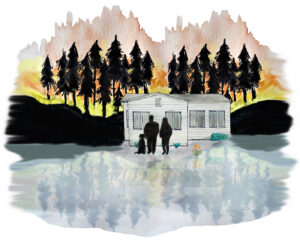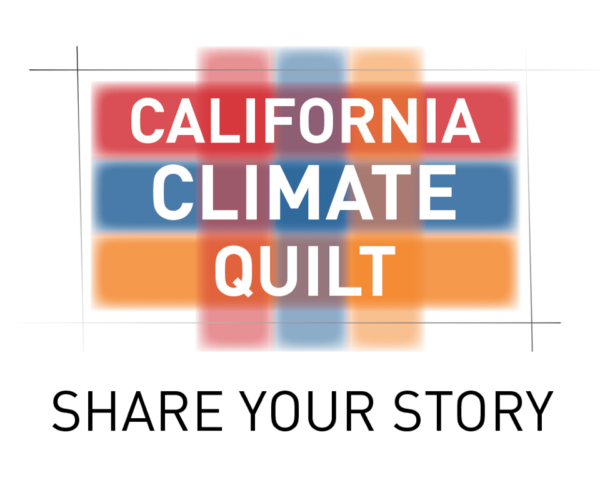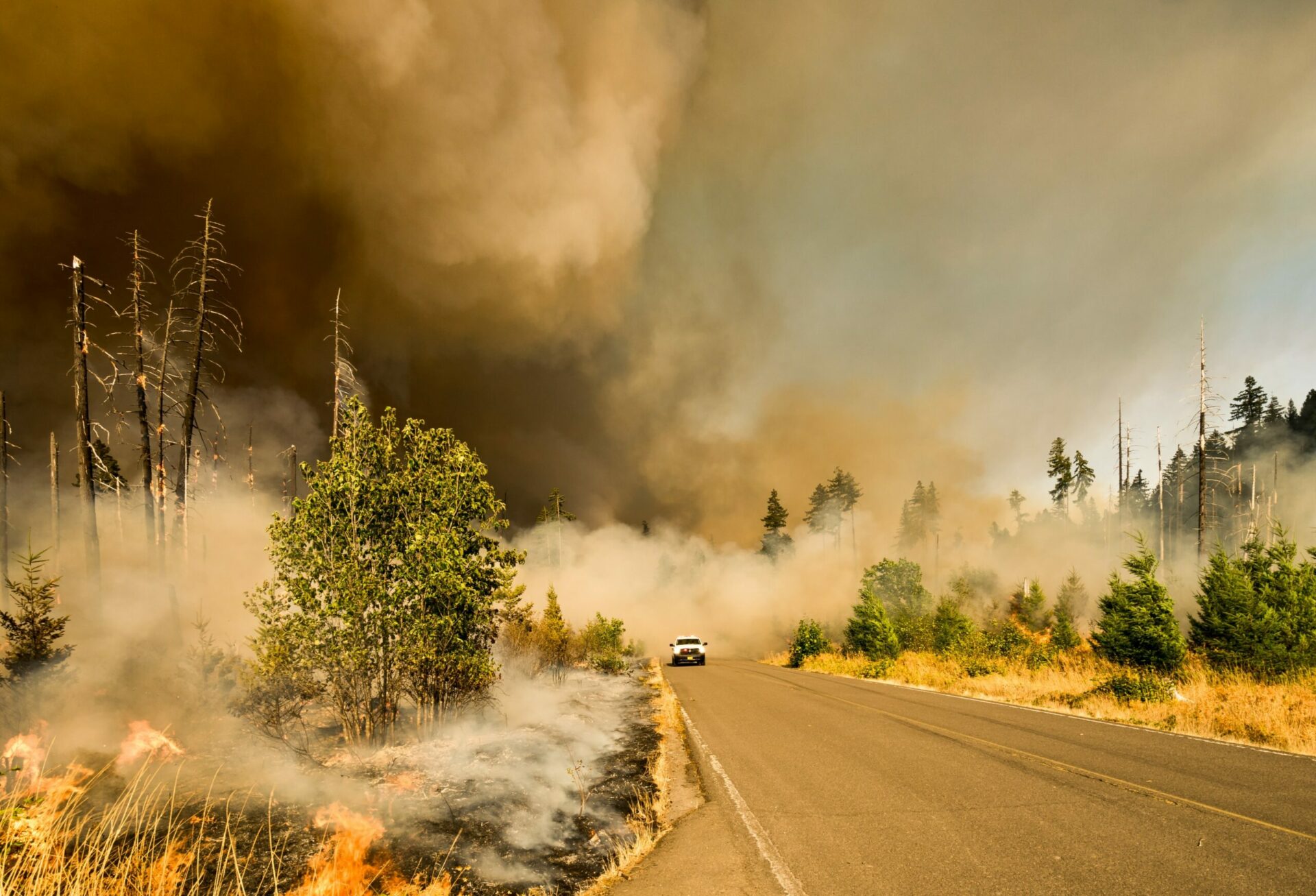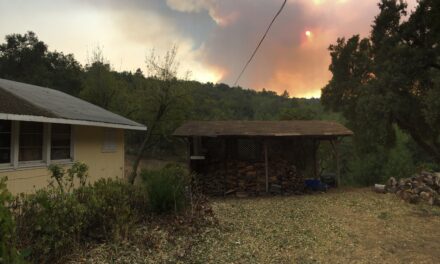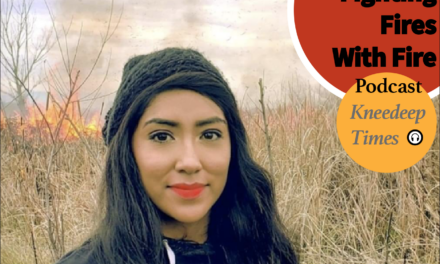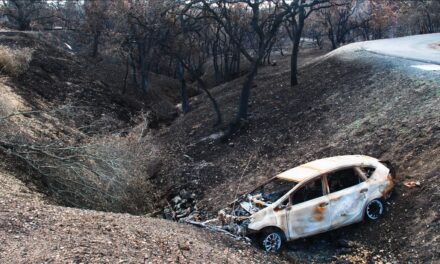Fast-Forward Fire
Over the past few years, California residents have had a front row seat to the effects of climate change. Seasonal wildfires are a fact of life here on the West Coast, but hot and dry conditions are turning them into catastrophic megafires: the seven largest fires in California history have all happened in the past five years.
A new study, published last month in Nature, substantiates these findings. Using machine learning, the Breakthrough Institute in Berkeley calculated that climate change has increased the risk of fast-spreading fires by 25% on average. Of the 18,000 California fires that occurred in 2003 to 2020, about 380 included a day where they grew by 10,000 acres – and most (though not all) of these extreme fires were exacerbated by human-caused climate change. There are critical thresholds that govern fire spread, and climate change carries the risk of tipping an otherwise humdrum fire into a veritable conflagration.
More specifically, the study states that climate change leads to hotter air and lower vapor pressure, which sucks the moisture out of plant matter and turns it into a highly flammable tinder. The Nature study corroborates earlier research: a 2019 analysis of fire data states that vapor pressure deficit (a metric of how much liquid the atmosphere pulls out of burnable material) is exponentially related to summer fire risk, and is “the clearest link between anthropogenic climate change and increased California wildfire activity to date.”
Some bad news: the Breakthrough Institute study found that even if global emissions are reduced quickly and decisively, global temperatures and fire risk will continue to rise. Without careful mitigation, the number of fast-growing fires could almost double by the end of the century. On the bright side, however, the study’s lead author Patrick Brown says that this risk can be almost entirely offset by careful fire management.
Though it’s too late to reverse climate change, fire experts agree that strategies like prescribed fire are effective in reducing spread. And it’s important to remember that humans affect fire risk directly: 80% of all U.S. fires are ignited by humans, and human homes in wildfire areas often act as fire fuel. Max Moritz, a fire expert at UC Santa Barbara, claims that zoning laws to reduce housing density could be a key lever in mitigating fire damage: “The strength of housing density on fire activity rivals the strength of climate variables in some parts of California. We have to be more holistic in our understanding of risk – to look at the human side as well.”
Other Recent Posts
Assistant Editor Job Announcement
Part time freelance job opening with Bay Area climate resilience magazine.
Training 18 New Community Leaders in a Resilience Hot Spot
A June 7 event minted 18 new community leaders now better-equipped to care for Suisun City and Fairfield through pollution, heat, smoke, and high water.
Mayor Pushes Suisun City To Do Better
Mayor Alma Hernandez has devoted herself to preparing her community for a warming world.
The Path to a Just Transition for Benicia’s Refinery Workers
As Valero prepares to shutter its Benicia oil refinery, 400 jobs hang in the balance. Can California ensure a just transition for fossil fuel workers?
Ecologist Finds Art in Restoring Levees
In Sacramento, an artist-ecologist brings California’s native species to life – through art, and through fish-friendly levee restoration.
New Metrics on Hybrid Gray-Green Levees
UC Santa Cruz research project investigates how horizontal “living levees” can cut flood risk.
Community Editor Job Announcement
Part time freelance job opening with Bay Area climate resilience magazine.
Being Bike-Friendly is Gateway to Climate Advocacy
Four Bay Area cyclists push for better city infrastructure.
Can Colgan Creek Do It All? Santa Rosa Reimagines Flood Control
A restoration project blends old-school flood control with modern green infrastructure. Is this how California can manage runoff from future megastorms?
San Francisco Youth Explore Flood Risk on Home Turf
At the Shoreline Leadership Academy, high school students learn about sea level rise through hands-on tours and community projects.


